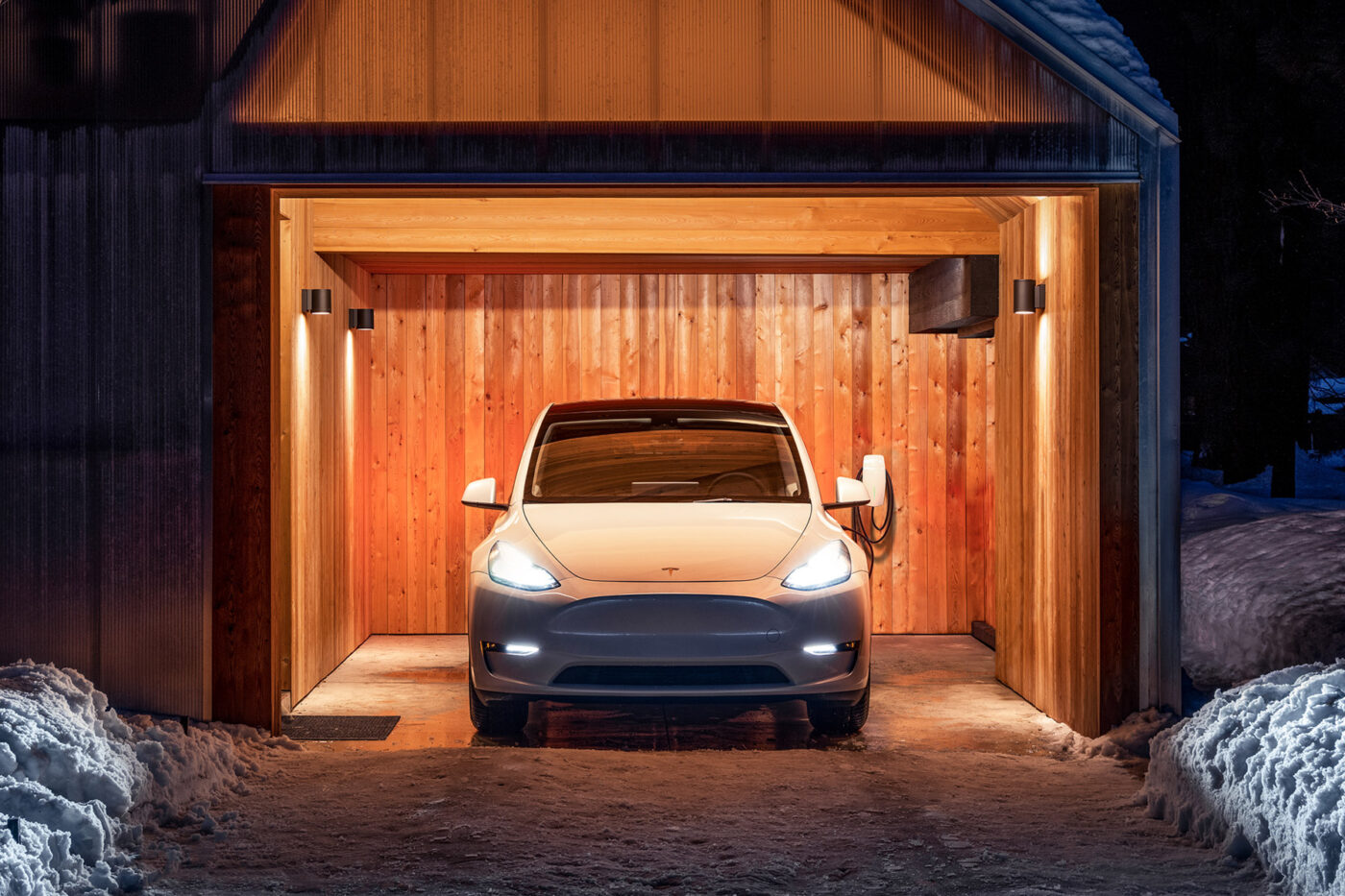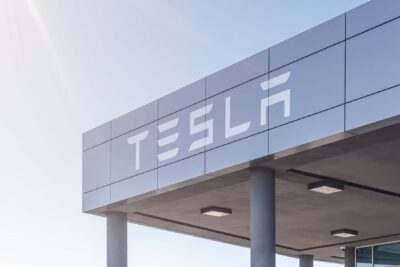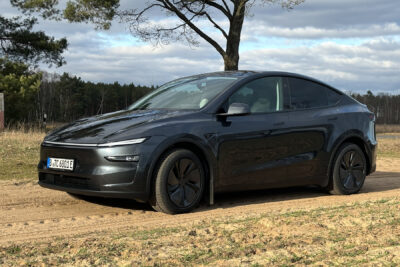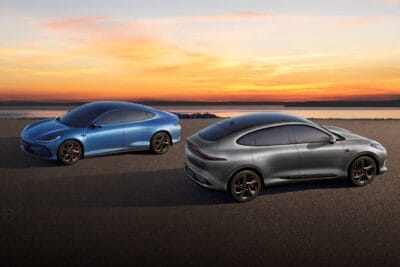Mixed year-end results in Sweden
Although new registrations of electric cars fell by almost 16 per cent, their market share in Sweden only dropped from 38.7 to 35.0 per cent. That is because 2024 was generally a weaker year for the Swedish car market: 269,582 new cars across all drive types represent a decline of seven per cent. Plug-in hybrids increased by 3.4 per cent, resulting in 63,113 units and a market share of 23.4 per cent. That means that 58.4 per cent of all newly registered cars in Sweden in 2024 had a charging connection.
“2024 was the year in which the growth in electric cars stopped, and at the same time, the number of plug-in hybrids increased,” writes Mobility Sweden. “The decline in electric cars has meant that the trend towards reduced emissions from new cars has been broken, and the average emissions from cars have increased by around 3 grams of carbon dioxide during the year.” CO2 emissions are thus 64 grams per kilometre. However, a slight improvement is expected for 2025.
Over the year as a whole, battery-electric cars nevertheless remain the strongest drive type with the aforementioned 35.0 per cent of all new registrations. Plug-in hybrids are the second most important drive type with a market share of 23.4 per cent, closely followed by pure petrol cars with 22.5 per cent. The remaining hybrids have a market share of 10.2 per cent, while pure diesels account for 7.0 per cent. Ethanol combustion engines (1.5 per cent) and gas engines (0.4 per cent) complete the list. Fuel cell vehicles are not listed separately, but ‘other’ vehicles only accounted for 46 new registrations in the year, giving them a market share of 0.0 per cent.
With 18,293 new registrations last year, the Tesla Model Y took first place in the Swedish model rankings, ahead of the Volvo XC60 (14,992). A Volvo model also follows the Model Y in the pure electric car evaluation, albeit with a much greater gap: the EX30 achieved 7,100 new registrations in Sweden in its first full year of sales, followed by the Volvo EX40 (6,165 new registrations) and the VW ID.4 with 4,989 units. In 2023, the ID.4 was still in second place with 11,012 new registrations, meaning the MEB SUV has lost 54.7 per cent. The Model Y, again in first place, even exceeded its 2023 result by 11.1 per cent. For the Volvo EX30, the increase after just 81 units in 2023 was as high as 8,665.4 per cent.
Mobility Sweden calls for government incentives to ensure electric cars grow again in 2025. “A reduction in the electricity tax for charging vehicles and incentives for increased demand for fossil-free means of transport are necessary for the electrification of heavy transport to gain momentum,” says Mattias Bergman, CEO of Mobility Sweden. “Now that the economic situation is improving for many households and companies, the government has a unique opportunity to introduce new effective policy instruments to accelerate electrification once again and reduce emissions from new vehicles.”
mobilitysweden.se (final statistics), mobilitysweden.se (preliminary statistics)





0 Comments